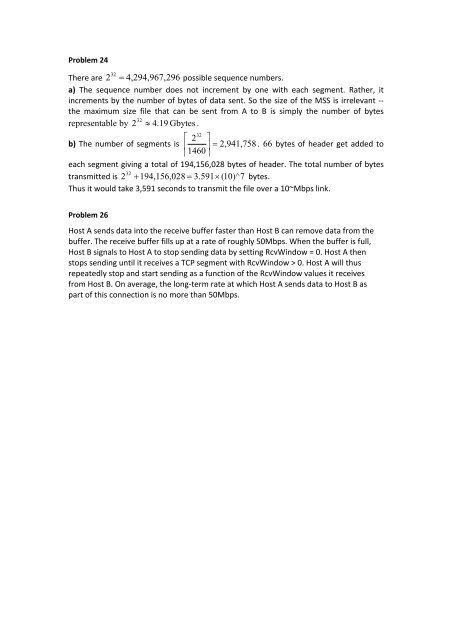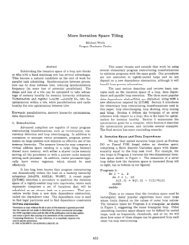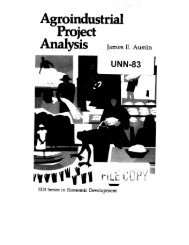Solution of Homework2
Solution of Homework2
Solution of Homework2
You also want an ePaper? Increase the reach of your titles
YUMPU automatically turns print PDFs into web optimized ePapers that Google loves.
Problem 24There are 2 32 = 4,294,967, 296 possible sequence numbers.a) The sequence number does not increment by one with each segment. Rather, itincrements by the number <strong>of</strong> bytes <strong>of</strong> data sent. So the size <strong>of</strong> the MSS is irrelevant ‐‐the maximum size file that can be sent from A to B is simply the number <strong>of</strong> bytesrepresentable by 2 32 ≈ 4.19 Gbytes .⎡ 2 32 ⎤b) The number <strong>of</strong> segments is = 2,941,7581460. 66 bytes <strong>of</strong> header get added to⎢ ⎥each segment giving a total <strong>of</strong> 194,156,028 bytes <strong>of</strong> header. The total number <strong>of</strong> bytestransmitted is 2 32 + 194,156,028 = 3.591×(10)^7bytes.Thus it would take 3,591 seconds to transmit the file over a 10~Mbps link.Problem 26Host A sends data into the receive buffer faster than Host B can remove data from thebuffer. The receive buffer fills up at a rate <strong>of</strong> roughly 50Mbps. When the buffer is full,Host B signals to Host A to stop sending data by setting RcvWindow = 0. Host A thenstops sending until it receives a TCP segment with RcvWindow > 0. Host A will thusrepeatedly stop and start sending as a function <strong>of</strong> the RcvWindow values it receivesfrom Host B. On average, the long‐term rate at which Host A sends data to Host B aspart <strong>of</strong> this connection is no more than 50Mbps.













![Problem 1: Loop Unrolling [18 points] In this problem, we will use the ...](https://img.yumpu.com/36629594/1/184x260/problem-1-loop-unrolling-18-points-in-this-problem-we-will-use-the-.jpg?quality=85)


